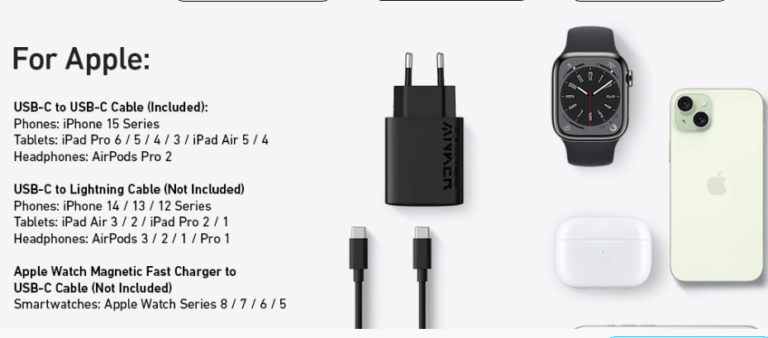Understanding how to calculate VAT inclusive prices is essential for businesses and consumers alike. This guide will walk you through the process, ensuring clarity and accuracy in your calculations.
What Does VAT Inclusive Mean?
VAT inclusive means that the price of a product or service already includes the Value Added Tax (VAT). In other words, the listed price is the total amount a customer pays, with no additional taxes added at the point of sale.
READ MORE : https://vatonlinecalculator.co.uk/
VAT Inclusive vs. VAT Exclusive: What’s the Difference?
The key difference between VAT inclusive and VAT exclusive pricing lies in whether the VAT is included in the displayed price.
- VAT Inclusive: The price shown includes the VAT. For example, if a product is priced at £120 and the VAT rate is 20%, the base price is £100, and £20 is the VAT.
- VAT Exclusive: The price shown does not include the VAT. Using the same example, the product would be listed at £100, and at the point of sale, £20 VAT would be added, totaling £120.
How to Calculate VAT Inclusive Prices: A Step-by-Step Guide
Calculating VAT inclusive prices involves a straightforward formula. Here’s how you can do it:
- Determine the Net Price: This is the original price of the product or service before VAT is added.
- Identify the VAT Rate: VAT rates vary by country and product type. Ensure you know the correct rate applicable.
- Apply the Formula: To find the VAT inclusive price, use the following formula:VAT Inclusive Price=Net Price×(1+VAT Rate)\text{VAT Inclusive Price} = \text{Net Price} \times (1 + \text{VAT Rate})VAT Inclusive Price=Net Price×(1+VAT Rate)For example, if the net price is £100 and the VAT rate is 20% (or 0.20 in decimal form):£100×(1+0.20)=£100×1.20=£120£100 \times (1 + 0.20) = £100 \times 1.20 = £120£100×(1+0.20)=£100×1.20=£120Thus, the VAT inclusive price is £120.
Benefits and Drawbacks of VAT Inclusive Pricing
Benefits:
- Transparency: Customers know the total price upfront, which can enhance trust.
- Simplicity: Simplifies the purchasing process, as no additional calculations are needed at checkout.
Drawbacks:
- Perceived Higher Prices: Products may appear more expensive compared to VAT exclusive pricing.
- Complexity in Accounting: Businesses need to separate the VAT component for tax reporting purposes.
Examples and Calculation Methods
Let’s explore a few examples to solidify the concept:
Example 1:
- Net Price: £200
- VAT Rate: 15% (0.15)
- Calculation:£200×(1+0.15)=£200×1.15=£230£200 \times (1 + 0.15) = £200 \times 1.15 = £230£200×(1+0.15)=£200×1.15=£230The VAT inclusive price is £230.
Example 2:
- Net Price: £50
- VAT Rate: 5% (0.05)
- Calculation:£50×(1+0.05)=£50×1.05=£52.50£50 \times (1 + 0.05) = £50 \times 1.05 = £52.50£50×(1+0.05)=£50×1.05=£52.50The VAT inclusive price is £52.50.
Common Mistakes in VAT Inclusive Calculations & How to Avoid Them
- Incorrect VAT Rate Application: Always verify the current VAT rate for your specific product or service to ensure accuracy.
- Misinterpreting the Formula: Remember, for VAT inclusive prices, multiply the net price by (1 + VAT rate).
- Rounding Errors: Be cautious with rounding numbers during calculations to maintain precision.
Should Businesses Display VAT Inclusive or Exclusive Prices?
The choice between displaying VAT inclusive or exclusive prices depends on the target audience and legal requirements:
- For Consumers: Displaying VAT inclusive prices is generally preferred, as it provides clarity on the total cost.
- For Businesses: When dealing with other businesses, VAT exclusive pricing is common, as businesses can often reclaim VAT.
Always check local regulations, as some jurisdictions mandate the display method for prices.
Understanding how to calculate VAT inclusive prices is crucial for transparent pricing and accurate financial management. By following this step-by-step guide, you can ensure that your pricing strategy is both clear and compliant with tax regulations. If you’re also wondering Comment choisir la plateforme de gestion fiscale adaptée, it’s essential to consider factors like VAT compliance, ease of use, and automation features.




